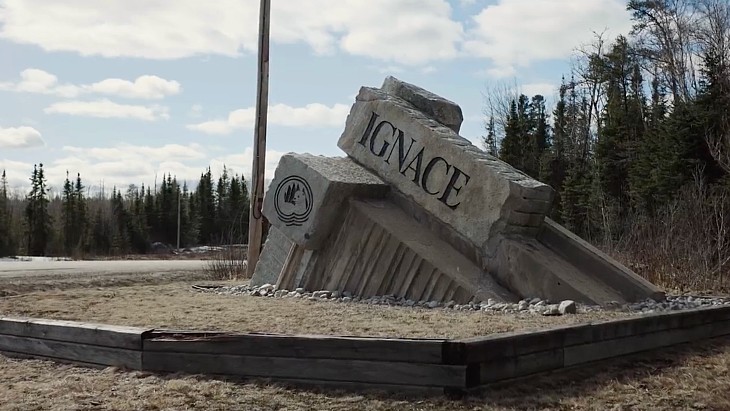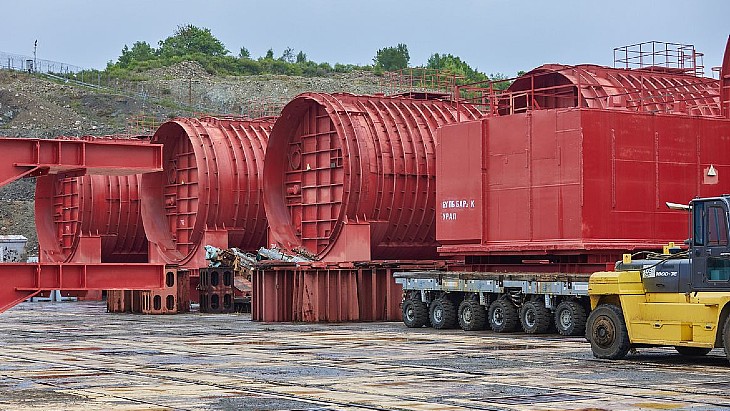Dismantling of Italian nuclear fuel plant completed
.jpg)
The plant - in the Province of Alessandria in the Italian region Piedmont - started operation in 1973, as result of cooperation with Ansaldo Meccanico Nucleare and General Electric. Agip Nucleare, the former nuclear corporation controlled by the Italian oil-giant ENI, gained a majority stake in the late 1970s.
Bosco Marengo produced more than 500 tonnes of fuel for domestic and overseas nuclear power plants. In 1989 ENEA, the Italian National Agency for New Technologies, Energy and the Environment, bought the plant which was among a group of facilities that were subsequently transferred to Sogin for decommissioning in 2005. The final decommissioning of Bosco Marengo was authorised December 2008.
Sogin has now announced that dismantling of the plant has been completed, although some radioactive wastes remain at the site that will be later removed.
"The main activities carried out concerned the decontamination and dismantling of the production cycle of the fuel elements, the 'heart' of the plant during its operation," Sogin said. "The auxiliary systems such as the ventilation system, the material decontamination tank and the liquid effluent treatment and drainage system were dismantled. Furthermore, in recent years all solid and liquid radioactive waste that was present has been treated and reduced in volume."
It noted that some 500 cubic metres of radioactive waste at the plant, deriving from previous plant operation activities and subsequent disposal activities, are now safely stored in a temporary storage facility, pending transfer to the national radioactive waste repository when it becomes available. The temporary repository will then be dismantled.
Sogin said there are also inert materials - such as plastic, iron, concrete, wood and oil drums - that were buried on-site during the operation of the plant. After the appropriate checks, this material will be removed and disposed of in landfills, it added.
"The site will thus be brought back to the green field, that is a condition without radiological constraints that will allow its reuse for other activities," Sogin said.
The company said it has offered the use of some buildings of the Bosco Marengo plant, together with others of the decommissioned Caorso and Garigliano nuclear power plants, to store the country's works of art, as part of a project to protect the artistic heritage promoted by the Ministry of Culture and included in the National Recovery and Resilience Plan.
"I thank all the staff who in recent years has worked with commitment and the authorities and bodies who, in various capacities, have authorised and accompanied the various phases of a complex work that freed the site by radiological constraints," said Sogin CEO Emanuele Fontani. "This result is a further stimulus to accelerate the dismantling activities of Italian nuclear plants."
Italy built and operated a range of nuclear power plants during the 1960s and 1970s as part of a national strategy to reduce energy imports. However, a referendum called shortly after the Chernobyl disaster resulted in all being shut down before the end of 1987.
_17992.jpg)
_75800.jpg)







_66488.jpg)


